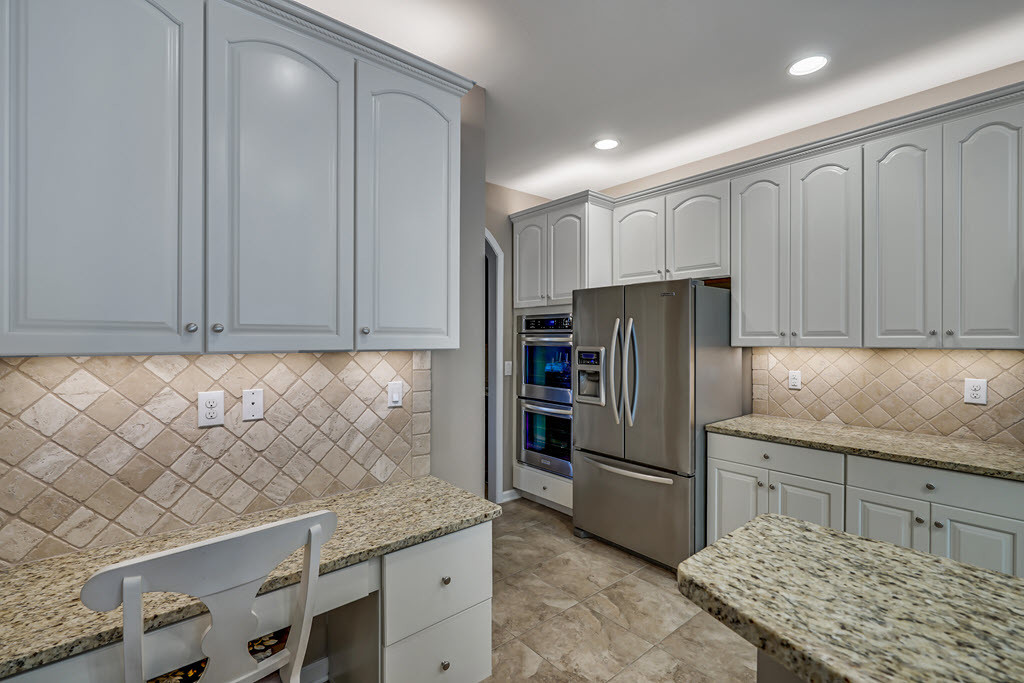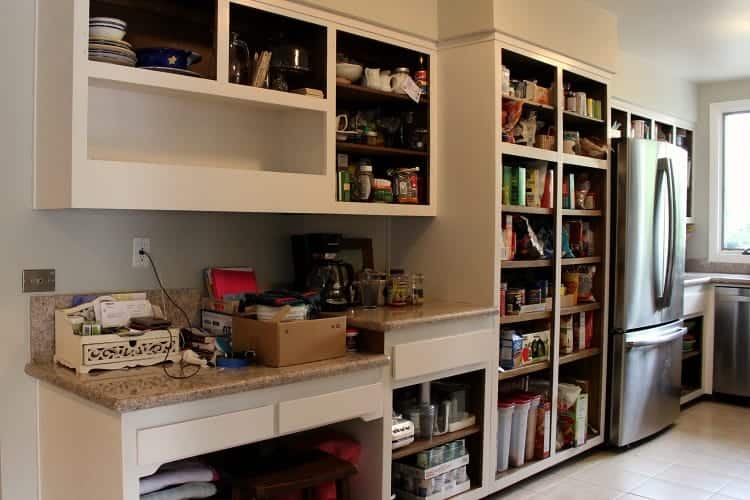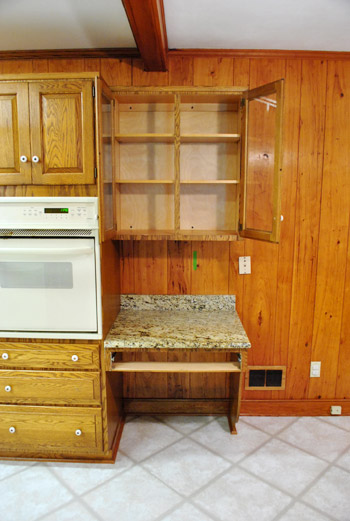Rehanging kitchen cabinet doors is a task that can breathe new life into your kitchen, providing a cost-effective way to update its appearance without undergoing a full-scale renovation. Whether you’re aiming to address issues like misalignment or simply looking to refresh the aesthetic, understanding the process of rehanging kitchen cabinet doors is essential.
Before delving into the rehanging process, it’s crucial to assess the condition of the existing cabinet doors. Inspect for any damage, warping, or issues with the hinges. Identifying the root cause of the problem will guide your approach to rehanging and ensure a more effective solution.
The first step in rehanging kitchen cabinet doors is to gather the necessary tools and materials. This typically includes a screwdriver, a drill, new screws if needed, and a level. Having these items on hand streamlines the process and ensures that you can address any issues as you encounter them.
Removing the cabinet doors is the next step in the rehanging process. This involves unscrewing the hinges from both the cabinet frame and the door itself. It’s advisable to label each door and its corresponding location to simplify the reinstallation later. Removing the doors provides better access to the hinges and facilitates a thorough inspection.

Inspect the hinges for any signs of wear, damage, or rust. If the hinges are in good condition, you may not need to replace them. However, if there are issues, replacing the hinges becomes a necessary step in the rehanging process. Make sure to choose hinges that match the existing ones in terms of size and style.
Once the hinges are addressed, it’s time to evaluate the alignment of the cabinet doors. Misalignment is a common issue that can lead to doors not closing properly. Adjusting the position of the hinges or shimming behind them can correct misalignment. A level comes in handy to ensure that the doors are perfectly straight.
Before reinstalling the cabinet doors, take the opportunity to clean and refresh them. Wipe away any dust, grease, or grime, and consider applying a fresh coat of paint or varnish if you want to enhance their appearance. This step adds a finishing touch to the rehanging process and contributes to an overall updated look.
Reinstalling the cabinet doors involves aligning the hinges with the screw holes on both the door and the cabinet frame. This is where labels become useful, ensuring that each door goes back to its original location. Tightening the screws securely is crucial to prevent future issues with the doors coming loose.

Testing the doors after reinstallation is a crucial step in ensuring that the rehanging process was successful. Open and close each door to check for smooth movement and proper alignment. Adjustments may be necessary if you notice any issues, such as doors not closing flush or gaps between them.
Addressing squeaky hinges is another consideration in the rehanging process. Applying a lubricant to the hinge pivot points can eliminate squeaking noises and contribute to smoother door operation. This simple step enhances the functionality of the cabinet doors and adds to the overall satisfaction of the rehanging effort.
For cabinet doors with glass inserts or decorative elements, take extra care during the rehanging process to avoid damage. Place a soft cloth or padding on your work surface to protect these delicate features. This precaution ensures that the visual appeal of the doors remains intact throughout the rehanging process.
If you’re rehanging kitchen cabinet doors as part of a larger kitchen makeover, consider updating the hardware for a more comprehensive transformation. Swapping out handles, knobs, or pulls can have a significant impact on the overall aesthetic, providing a fresh and modern look to complement the rehung doors.

Understanding the weight-bearing capacity of your cabinet doors is essential, especially if you’re considering rehanging heavier doors or installing additional hardware. Make sure that the hinges and screws can adequately support the weight to prevent sagging or other structural issues in the long run.
In the context of rehanging kitchen cabinet doors, patience is key. Take your time to ensure each step is done meticulously, from assessing the condition of the doors to adjusting hinges and testing their functionality. Rushing through the process can lead to oversights that may affect the final result.
Considering the economic and environmental impact, rehanging kitchen cabinet doors aligns with sustainable practices. Rather than discarding perfectly functional doors, this process allows you to extend their lifespan, reducing the need for new materials and minimizing waste. Embracing a more sustainable approach adds an extra layer of value to the rehanging endeavor.
Rehanging kitchen cabinet doors is a practical and rewarding DIY project that can rejuvenate the heart of your home. From assessing the condition of the doors to addressing misalignment and refreshing their appearance, each step contributes to an effective and efficient rehanging process. Taking the time to understand the nuances of the task ensures a successful outcome, allowing you to enjoy a revamped kitchen space without the need for extensive renovations.

Kruse Home Improvement: Kitchen Cabinets: Choosing Your Door Style
Refacing Kitchen Cabinet Doors With Beadboard : How To Choose Kitchen Cabinets Cabinet Doors N

Kitchen Cabinet Refacing Before And After Diy kitchen renovation, Kitchen cabinet doors

How to Stain Kitchen Cabinets Better Homes & Gardens

I Painted My Kitchen Cabinets And I Love Them! – Crazy Green Thumbs

The Best Way to Paint Kitchen Cabinets (No Sanding!) – The Palette Muse

Remodelaholic How to Paint Cabinet Doors

How to Paint Your Kitchen Cabinets (like a pro) – Evolution of Style
Removing Cabinets & Patching A Vinyl Floor Tile Young House Love

Related Posts:
- How To Redo Kitchen Cabinets Cheap
- Galley Kitchen Cabinet Design
- How To Stain Your Kitchen Cabinets
- Kitchen Cabinet Design For Apartment
- Green Color Kitchen Cabinets
- Dark Kitchen Cabinets Decorating Ideas
- Farmhouse Kitchen Cabinet Colors
- Standard Height Of Top Kitchen Cabinets
- Faux Kitchen Cabinets
- Stainless Steel Wall Cabinets Kitchen